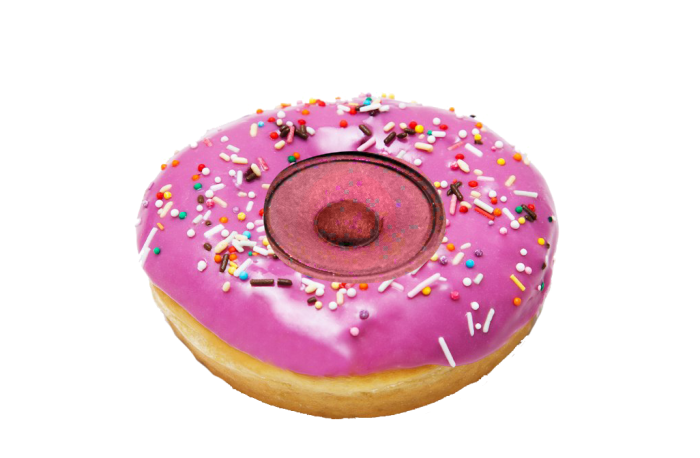Good movies can be turned great or unwatchable based on their sound. While music can be a useful tool for driving tone, the sounds of the actual movie are much more important. Every step, every creak, every rustling bush, all important world building and immersive elements. I mean, there’s a reason we don’t watch silent movies after all.
Before any electronic technology was possible, theater and live performances were how the masses entertained themselves. Plays and theatrical performances were often accompanied with props and even large sound makers should they have the resources available. These off stage effects could also be used to create wind, water, and other natural sounds.
Thunder maker worked by pulling lever, releasing rocks though cylinder with ramps to bounce off. Rocks hit platform on bottom.
Following the invention of audio technologies such as radio, performances now became that much more audio driven. Radio shows and music was performed in studio sets that had objects and even full bands to make sound effects. This was early setup for what would later become Foley art, which will be discussed later. Shortly after, analog sound effects became of use. By using synthesizers and amps, electronic instruments could be used to make unique sound effects.
This combination of breakthroughs and further developments started to influence what is now known as Foley art. Foley art is a process where sound effects are made using objects, vocals, and body parts. Microphones are set up to capture noise as it’s produced to match what’s needed for the movie. Some easy examples would be using heavy boots or shoes to make footsteps, corn starch for snow, and old wood and metal for creaking sounds. Some of my favorite sounds produced through Foley art are:
- Lightsaber from Star Wars: Humming noises over a loud speaker
- Orc Chanting from Lord of the Ring: 25,000 fans at a cricket match performed chants
- Xenomorph Squeal from Alien: Pig squeals and elephant noises with post production
As digital technology further advanced, so did the capabilities for audio. Soundboards and libraries became very accessible for both professionals and the general public. Dolby took major strides in this field, creating Dolby Atmos, an immersive audio format that is commonly used in theaters and streaming services. This tech hinges on spatial audio to make things sound closer/further away, transfer audio from one side to the other, and highlight the smaller details in the sound file.
